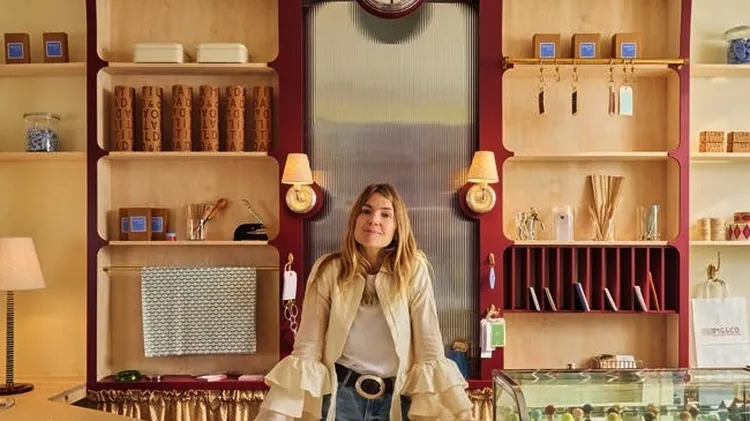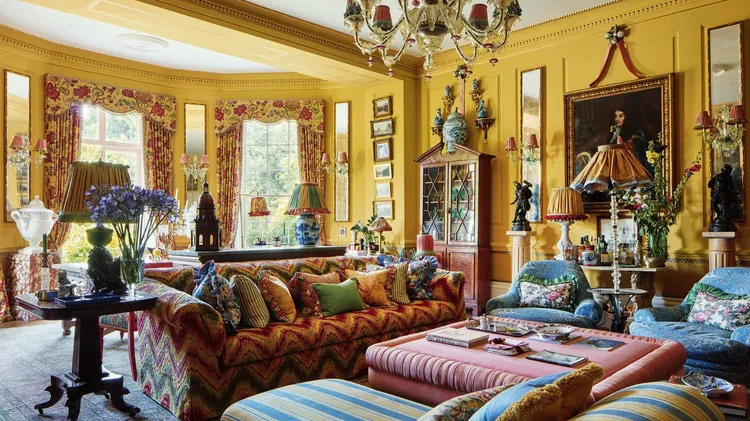If the idea of landscape paintings conjures images of bucolic English vi
Rethinking landscapes
5 min read
This article is from...
Read this article and 8000+ more magazines and newspapers on Readly






